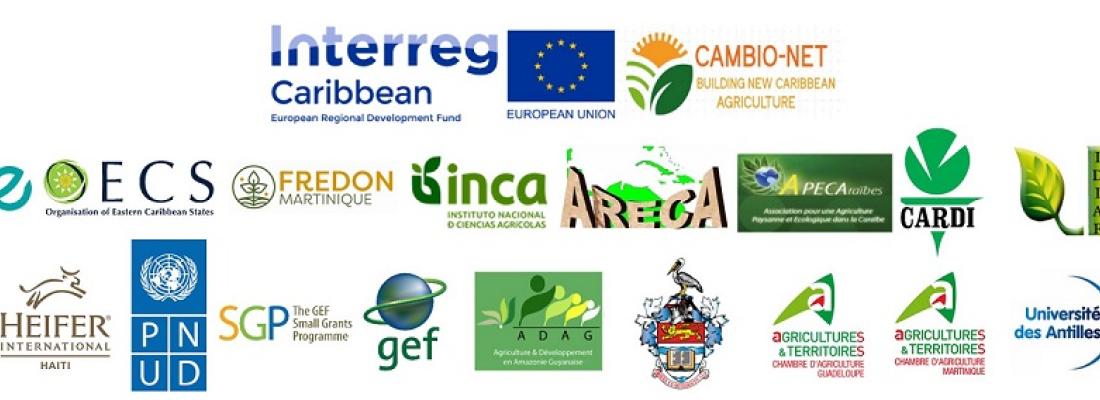CambioNet project: a new approach to agriculture in the Caribbean/Amazon region
Published on 25 March 2021

Agriculture plays a major role in the stability, economic, and social development of the countries and territories of the Amazon and Caribbean region. Consisting mainly of small farms representing more than 70% of the agricultural landscape, this sector nevertheless faces challenges inherent to the major issues of the coming decades: ensuring food security, supporting ecological, climate, and energy transitions and preserving biodiversity.
The project aims to provide concrete and innovative solutions to these challenges by supporting the bioeconomic modernisation of small farms in their multifunctional dimension. The task force is adopting a joint approach to contribute to the region's sustainable development objectives.
Resources to match their ambition
CambioNet's activities will be deployed in three main geographical areas: the Amazon Basin (Guyana, Suriname, Trinidad & Tobago), the Lesser Antilles (OECS member countries including Guadeloupe and Martinique), and the Greater Antilles (Cuba, Dominican Republic and Haiti).
With a total budget of nearly €8M, the CambioNet project benefits from €5.9M of public funding—€3.8M from the European Regional Development Fund (ERDF), €2.1M from the European Development Fund (EDF), and €0.12M from the United Nations Development Programme (UNDP)—and €2M of private funding.
An ambition for food security in these regions
In particular, the CambioNet project will focus on:
- posing a diagnosis on bioresources and innovative techniques in agroecology, agro-processing and bioeconomy;
- developing innovative pilot systems via an inter-regional network of connected innovation platforms (Living Labs), and start-ups;
- establishing an inter-regional network for dissemination and agricultural advice;
- making available a common digital library for the dissemination of knowledge, good practices, and training/learning modules etc.; and
- providing public decision-makers with the proper tools to strengthen the effectiveness of agricultural public policies adapted to the diversity of Caribbean and Amazonian regions.
The CambioNet project is part of the European Union's Axis 5 strategy "protecting and enhancing the natural and cultural environment in the Caribbean".
